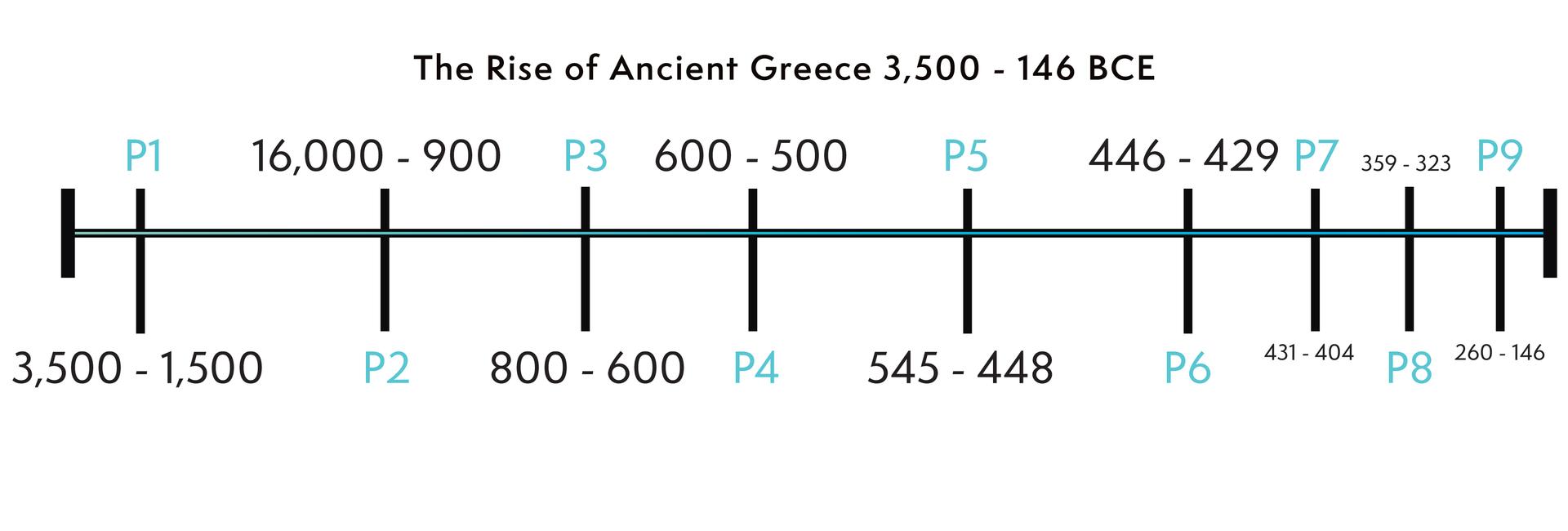

The ligature kai (ϗ) is sometimes used for the same function as the English ampersand (&).Īs you can see, there are a few key features that distinguish Greek punctuation. This, then, was the state of punctuation at the height of the Renaissance: a mixture of ancient Greek dots colons, question marks, and other marks descended from medieval symbols and a few.

The slash has the additional function of forming common abbreviations like α/φοί for αδελφοί 'brothers'. The hyphen, the brackets, the colon, the ellipsis, and the slash are also in use. The exclamation mark (Θαυμαστικό) is mostly used as in English. The ano teleia middot serves as the Greek semicolon but it is so uncommon that it has often been left off of Greek keyboards. One of the most striking differences is the Greek question mark ( ), which developed a shape so similar to the Latinate semicolon ( ).

Ancient greek question mark full#
The full stop serves as the thousands separator, and guillemets (εισαγωγικά) and em-length quotation dashes (παύλα) typically serve to indicate direct speech. Early temples were constructed on sites which the people felt had a numinous quality to them which indicated the presence of a god, gods, or spirits. The comma in Greek serves as the decimal point (and in this use is called the hypodiastole) and it also functions as a silent letter in a handful of Greek words, principally distinguishing ό,τι (ó,ti, "whatever") from ότι (óti, "that"). The templum was a sacred precinct defined by a priest (or augur) as the dwelling place of a god or gods and the structure built there was created to honor the Deus Loci (spirit) of a certain place. When large numbers of foreigners () started learning Greek.
Ancient greek question mark how to#


 0 kommentar(er)
0 kommentar(er)
